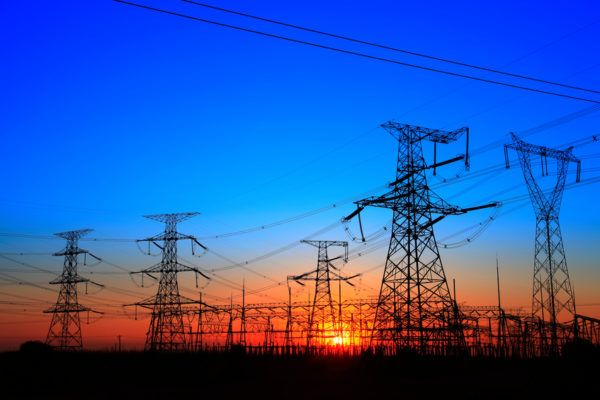The proposed Green New Deal, spearheaded by U.S. Rep. Alexandria Ocasio-Cortez (D-N.Y.), highlights the different narratives used to promote or counter a transition to low-carbon energy.
The fossil energy narrative states that our current prosperous lifestyle is wholly attributable to coal, oil and natural gas. With these energy-dense fuels, we shape and control the dangerous environment so the environment doesn’t control us. If we want to continue to prosper as a civilization, we must continue to ride the horse that brought us to this point.
The renewable energy narrative accepts the historical legacy of fossil fuels, but says “Thank you, but we’re modernizing now, and we don’t want you anymore.” This narrative argues that because of short- and long-term environmental harm from burning fossil fuels, we must transition to low-carbon renewable energy.
An added element included in the argument for a Green New Deal is that renewables give rise to investments in small increments that better enable local and distributed ownership of energy resources. It’s worth noting though that nuclear, while also low-carbon, is not currently amenable to local ownership.
Criticism of the Green New Deal often centers on a narrative of economic growth. Because fossil energy is cheaper than renewable energy, opponents argue, economic growth will suffer if we transition to a green energy system. The historical data does indeed show that high energy prices inhibit growth, and the lower costs of coal and oil have accelerated growth. However, the major post-World War II recessions were associated with rapid and unexpected increases in fossil energy — namely, oil — prices that allocated too much spending on energy relative to GDP.
So, those with the economic narrative of “increase GDP at all cost” are justified in seeing too much risk in quickly reshuffling the entire energy system upon which our modern economy has been built. On the other hand, the Green New Deal advocates would claim economic stability arises by removing oil from the equation, not doubling down.
Interestingly, while most green energy proposals tout that declining costs for renewable energy and storage ensure a green economy drives more or similar economic growth than a brown economy does, the goals outlined for a Green New Deal do not include economic growth. The plan focuses on the goals of greenhouse gas neutrality and economic equality, not specifically economic growth.
The proposal now under consideration outlines a bold and holistic vision with multiple goals, even mentioning the possibility of considering “basic income programs” and “universal health care.” After all, a Green New Deal isn’t just about the first word.
However, the proposal doesn’t explicitly promise the usual trifecta of low-carbon energy, equity and growth. This is refreshing. By including so many social goals, the proposal recognizes tradeoffs that might have to occur, and there will be plenty.
But contrast this with the fossil “drill baby, drill” narrative that more energy translates to more growth and better social outcomes. Unfortunately, this trifecta hasn’t hit the board since the 1970s. After the 1970s recessions, we drilled a lot, baby, and even invested in efficiency, which eventually increased the GDP.
But it was uneven. For more than 40 years, since the mid-1970s, U.S. per capita energy consumption stagnated, the average wage no longer kept up with increasing GDP, and the proportion of GDP allocated to workers decreased. New Deals focus on reversing that last trend.
With the focus on equity, the Green New Deal is as much about getting average workers back to even as it is about getting green. The thing is, we don’t have to “go green” to achieve more equity, and there are reasons why a 100 percent renewable energy system might be incompatible with high income equality. But the Green New Deal correctly targets equity and Earth. In a similar way that the Affordable Care Act made many tradeoffs to increase equitable access to health care, the Green New Dealers will make tradeoffs between equitable income and Earth care.
Carey W. King is the assistant director of the Energy Institute at The University of Texas at Austin.
A version of this op-ed appeared in The Hill.




